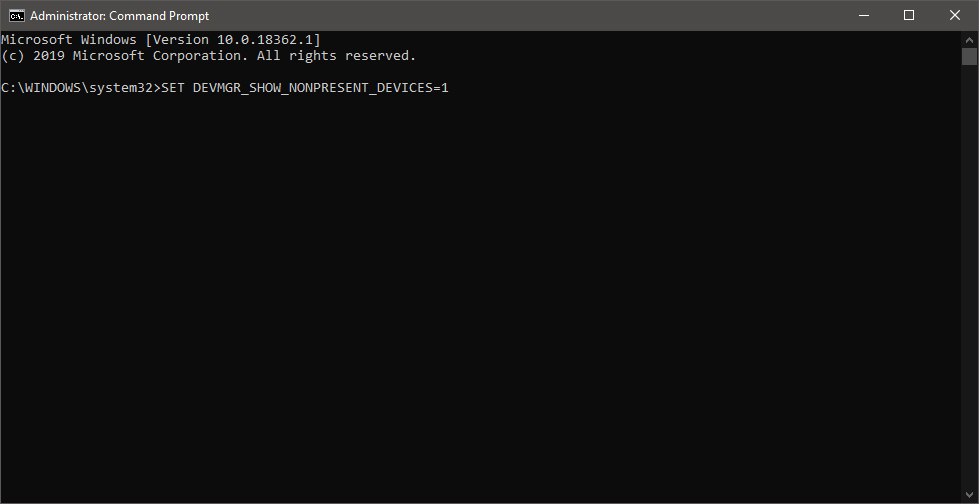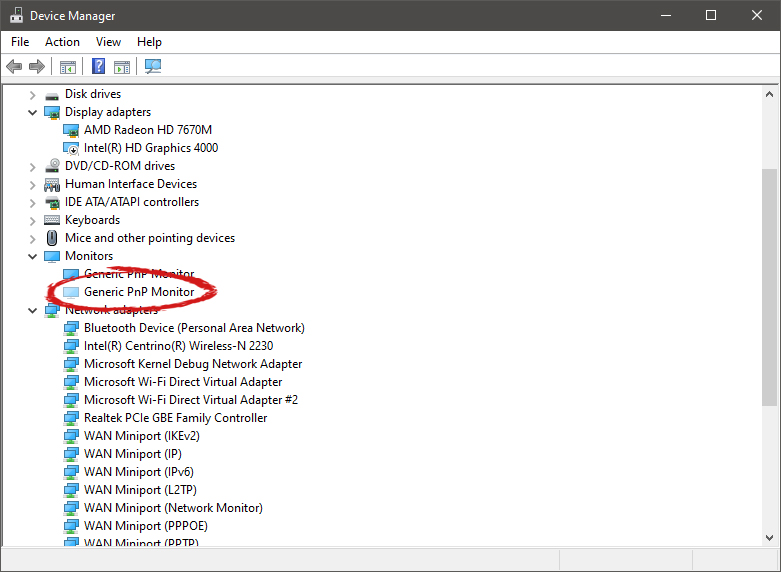Error Code 0x80070003, 0x20007 - What is it?
Update Error 0x80070003, 0x20007 One of the most common errors encountered by users who updated to Windows 10 is the Error Code 0x80070003-0x20007. Normally, this error code is accompanied by the message saying “Windows could not search for new updates. An error occurred while checking for new updates or your computer” or “Error(s) found: Code 0x80070003 Windows update encountered an unknown error”.
This update-related error is often encountered any time while your device automatically installs updates once there’s an available system update or during manually installing updates for a specific app. Regardless if you are using a tablet, laptop, or PC, this update-related error could occur after upgrading your system to Windows 10.
Solution
 Error Causes
Error Causes
There are several reasons why the update-related Error Code 0x80070003-0x20007 occurs. This includes the following:
- Windows Firewall-related problem
- A conflict in your device’s system might be present
- Not enough space in your RAM
- Not enough space in your installation disk
- Problems in your system memory
Further Information and Manual Repair
An effective way to address problems like the Error Code 0x80070003-0x20007 is by applying certain manual repair methods. However, ensure that you strictly follow instructions since one slight slip-up might result in critical issues. If you’re not knowledgeable enough, it would be best to consult help from a professional Windows technician or you can make use of an automated tool to solve any issues you’re encountering.
When you encounter the update-related Error Code 0x80070003-0x20007, you must take action immediately to address the problem to lessen the risk of losing all your data or damaging the Windows registry host.
In fixing Error Code 0xC1900101-0x30018, you can repeat the same steps used for 0xc000021a (Method One) then apply the following steps as well:
- Uninstall your antivirus prior to upgrading your system
- Ensure that you have a simple machine name with no periods, dashes, or hyphens.
- Restart several times then try again.
- Disable the General USB Devices in your machine like the Smart Card Reader.
- If you use a SCSI hard disk, ensure that you have available drivers you can use as your storage such as a thumb drive, and ensure as well that it is connected. Once you’re on the Windows 10 setup, click on Custom Advanced Option then use the Load Driver command in order to load the right driver for the SCSI drive. If this fails, try switching to an IDE-based hard disk.
- Once done, perform a clean boot then try restarting the device again.
- If you are upgrading your system using the .ISO file, disconnect your device from the Internet during setup. If your device is connected to the Internet by LAN or Wi-Fi, you need to disable both first then proceed to set up again.
- If you’re performing the update through Windows Update, disconnect from the Internet LAN or Wi-Fi once the download reaches 100% then proceed with the installation.
- If this still does not work, you can try using the .ISO file in upgrading.
- Switch to a local account if your machine is connected to a domain.
- Disconnect all external devices attached to your machine including gaming controllers, external hard disk, USB keys, and printers.
If the above steps still do not work, you can try performing a repair by doing the following steps:
- Put the installation disc into the disc drive. Afterward, boot the computer.
- Once the message: “Press any key to boot from CD or DVD…” appears, press any key.
- Choose a language, currency, time, and a keyboard or another input method. Click Next.
- Click on Repair your computer
- Select the operating system that you wish to repair then click Next
- Open the Command Prompt by clicking it in the System Recovery Options dialog box.
- Type BOOTREC /FIXMBR then hit Enter
- Type BOOTREC /FIXBOOT then hit Enter
- Type Drive:bootBootsect.exe /NT69 All then hit Enter
Can’t seem to put up with the long and technical manual repair process? You can still fix this error by downloading and installing a powerful automated tool that will surely get the job done in a jiffy!



 Once the menu appears, click on Command Prompt (admin)
Once the menu appears, click on Command Prompt (admin)
 Once the command prompt with administrator privileges comes on-screen type in it following string:
Once the command prompt with administrator privileges comes on-screen type in it following string:
 This command will force Windows to show all devices in the device manager including old ones that are not used anymore, but since their drivers are still installed, devices will show up.
When you type command press ENTER.
Once again press WINDOWS + X to show the hidden menu but this time choose the device manager
This command will force Windows to show all devices in the device manager including old ones that are not used anymore, but since their drivers are still installed, devices will show up.
When you type command press ENTER.
Once again press WINDOWS + X to show the hidden menu but this time choose the device manager
 The device manager will open, go to view > snow hidden devices in order to show unused devices.
The device manager will open, go to view > snow hidden devices in order to show unused devices.

 Right-click on the device and click on uninstall device to remove it completely from your system.
Right-click on the device and click on uninstall device to remove it completely from your system.
 Please always be careful when removing devices so you do not remove the device which is being used by mistake and always double-check that you are removing something that you used to have on your system. This method will show all hidden devices even ones that are hidden but crucial to the system working properly.
Please always be careful when removing devices so you do not remove the device which is being used by mistake and always double-check that you are removing something that you used to have on your system. This method will show all hidden devices even ones that are hidden but crucial to the system working properly. 